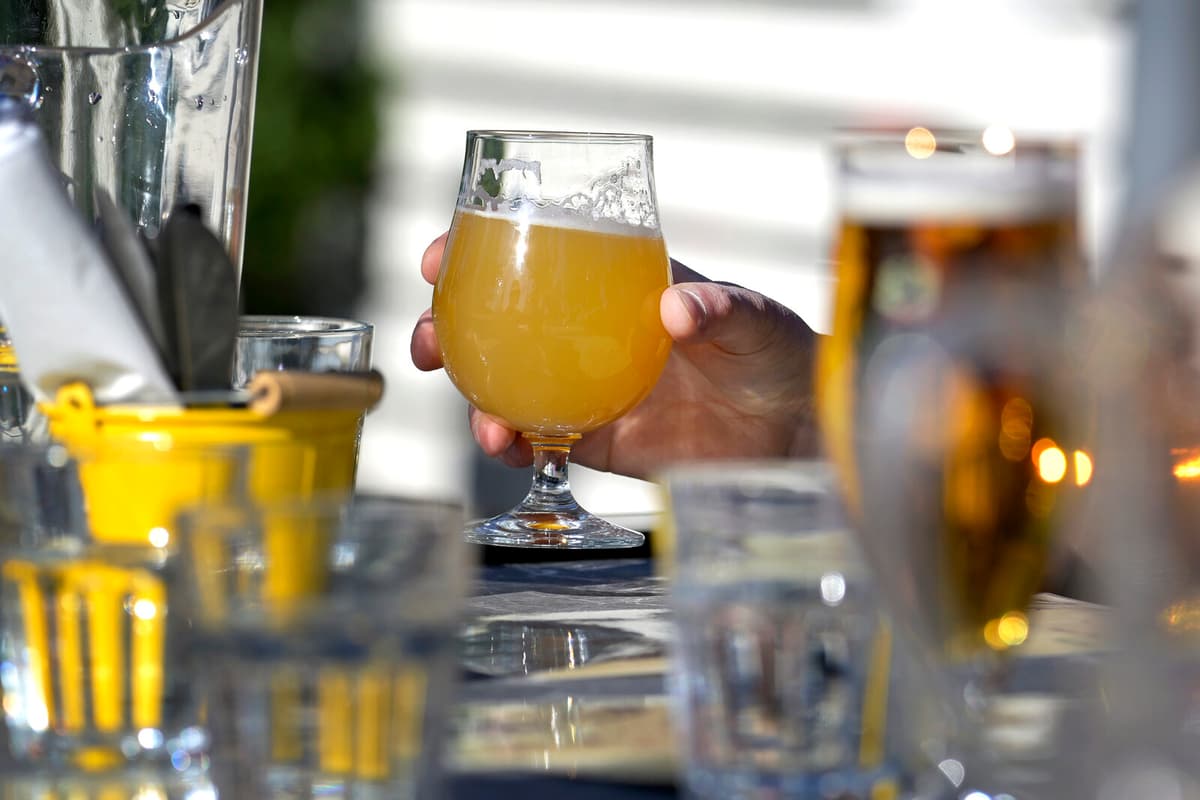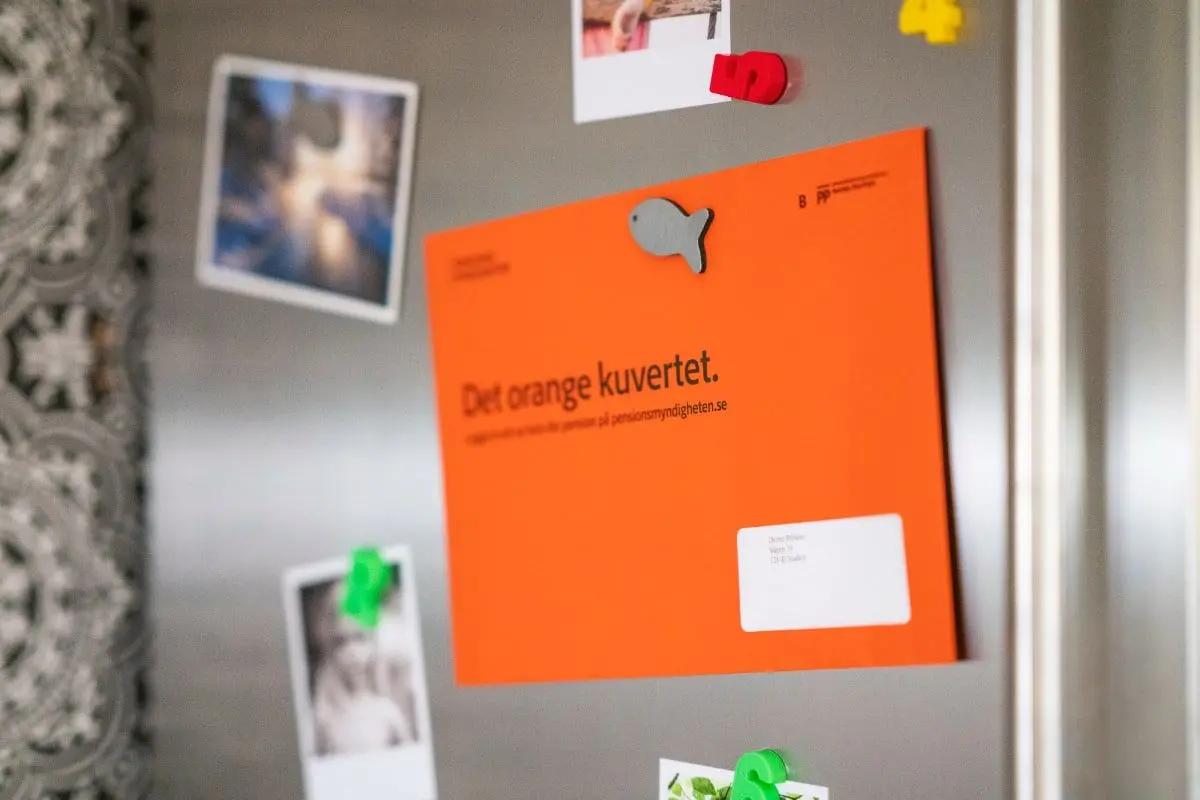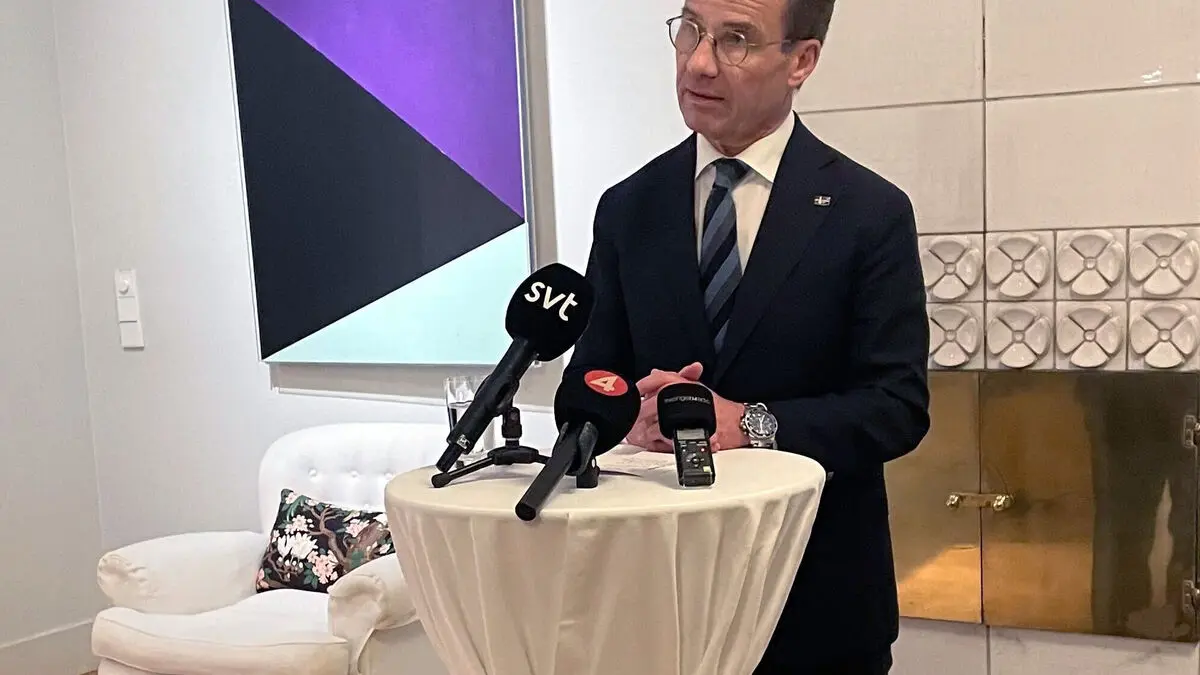This is something we recognize from previous surveys. It is evident that executives, particularly CEOs, have a high alcohol consumption, says Mats Ramstedt, research manager at the Central Association for Alcohol and Drug Information (CAN) and one of the authors of the report.
The results come from a survey conducted by CAN on behalf of Systembolaget. The survey is based on data from around 8,000 professional Swedes who answered questions about their alcohol habits.
26 standard glasses
On average, the CEOs who responded to the survey reported drinking 26 standard glasses per month. Nearly six out of ten reported drinking a lot of alcohol at once, so-called intensive consumption, at least once a month. The pattern is the same among both men and women.
Although the data is limited, with a total of 743 people in executive positions participating in the survey, the results provide a clear signal, according to Mats Ramstedt.
The combination of high average consumption and regular intensive consumption makes executives stand out as a group, he says.
The occupational group "Carpenters, bricklayers, and construction workers" had the next highest level, with an average consumption of 24 glasses per month. Half of them reported intensive consumption at least once a month. This can be compared to doctors, where only one in ten reported intensive consumption of alcohol at least once a month.
It is within healthcare and education that the occupational groups with the lowest consumption are found. Nurses had the lowest average consumption.
Why executives drink a lot, the researchers cannot say, but there are theories.
It may be due to high availability of alcohol and stress and high demands. But it may also be due to resources – alcohol costs, says Mats Ramstedt.
Work life is important
One thing that surprised the researchers was that despite CEOs appearing to drink the most, they do not have the highest proportion of alcohol problems. According to the survey, restaurant staff have the highest proportion, followed by accountants, financial analysts, and fund managers.
The researchers cannot explain this difference either.
But we know that work life is an important arena for preventing alcohol problems and the survey provides a signal about which groups may need extra attention, says Mats Ramstedt.
Petra Hedbom/TT
Facts: Risk consumption
TT
The National Board of Health and Welfare's limits for risk consumption are as of September 2023:
Ten standard glasses or more per week (average consumption)
or
Four standard glasses or more at least once a month (so-called intensive consumption, i.e., the amount of alcohol consumed at one time).
One standard glass contains 12 grams of pure alcohol and corresponds to, for example, 33 cl of strong beer, 12-15 cl of wine, or nearly 4 cl of spirits.
Source: National Board of Health and Welfare
The results are based on survey responses from the "Habits and Consequences" survey from 2017 and 2021, explains Mats Ramstedt. Responses from around 8,000 professional Swedes were linked to responses about alcohol habits.
The occupations among those who responded were divided according to the Standard for Swedish Occupational Classification.
The occupations with the highest reported alcohol consumption were CEOs and other executives, followed by carpenters, bricklayers, and construction workers, as well as restaurant staff.
Among the occupations with the lowest reported alcohol consumption were nurses, elementary school teachers, recreation instructors, and preschool teachers. Social workers and nurses were also low on the list.
Source: CAN






